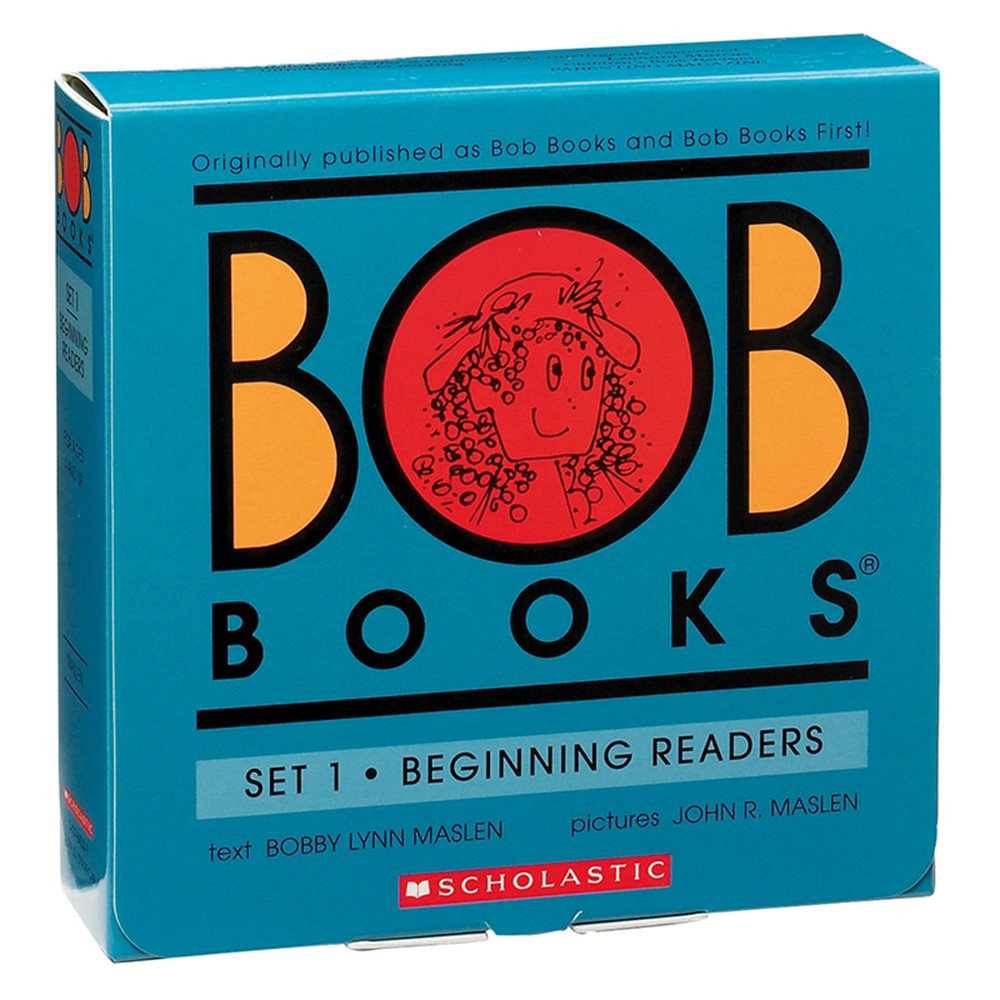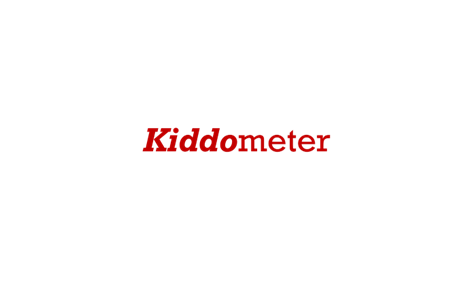Best Learn to Read Series for Kids
Affiliate Disclosure: This content may contain affiliate links. We may earn a small commission at no extra cost to you.
Learning to read is one of the most important milestones in a child’s early years — and finding the right books can make all the difference. The best early reading series don’t just teach phonics or sight words; they create a positive, low-stress environment where kids feel confident turning the page. A good “learn-to-read” set offers a balance of manageable text, engaging visuals, and a clear progression so that skills build naturally without overwhelming your child.

For many families, the challenge is knowing where to start. Some children thrive with a structured, step-by-step phonics program. Others learn best when reading about topics they already love, like animals, science, or silly adventures. And some simply need humor or colorful illustrations to keep them coming back for more. The truth is, there’s no single “best” series for every child — but there are excellent options that fit different personalities, learning styles, and reading levels.
In this list, we’ve ranked and described some of the most trusted, parent-approved learn-to-read series available today. You’ll find classics that have helped generations of children become confident readers, as well as newer series that blend literacy skills with modern interests like graphic novels and STEM topics. Each entry includes its value proposition (what makes it uniquely effective) and who it’s best for, so you can match the series to your child’s needs.
When evaluating these books, we’ve focused on practical criteria that matter for real-world learning:
- Progression and structure — Does the series gradually introduce new words and concepts without big jumps in difficulty?
- Engagement — Are the stories and visuals compelling enough to hold a young reader’s attention?
- Skill-building focus — Does the book target phonics, sight words, comprehension, or a combination?
- Ease of use — Can parents and teachers use the books without needing a lot of prep?
The right series can do more than teach reading mechanics — it can nurture curiosity, spark joy, and encourage a lifelong love of books. Whether your child is just starting to sound out letters or ready to tackle short chapter books, this guide will help you find a series that fits. Explore the list, try a few, and most importantly, make reading a shared experience. With the right tools and encouragement, your child’s reading journey can be both fun and rewarding from the very first page.

1
Bob Books
288
29
A classic choice for early readers, Bob Books are designed with simple phonics-based stories that build confidence step by step. The illustrations are minimal, helping kids focus on the words rather than get lost in detailed pictures. Parents love how the series progresses logically — each set introduces just a few new sounds at a time — making it less intimidating for beginners.
Value Proposition: Clear, incremental phonics progression that reduces overwhelm and ensures mastery at each stage.
Best for: Step-by-step phonics learning with minimal distractions.
Value Proposition: Clear, incremental phonics progression that reduces overwhelm and ensures mastery at each stage.
Best for: Step-by-step phonics learning with minimal distractions.

2
Dr. Seuss Beginner Books
291
44
Filled with rhymes, repetition, and playful illustrations, Dr. Seuss’s beginner books use imaginative worlds to help children connect sounds and words. The rhythm of the text encourages kids to anticipate words and join in.
Value Proposition: Reinforces phonics patterns through catchy rhymes and memorable repetition, making reading aloud highly engaging.
Best for: Kids who enjoy rhymes, silliness, and read-aloud fun.
Value Proposition: Reinforces phonics patterns through catchy rhymes and memorable repetition, making reading aloud highly engaging.
Best for: Kids who enjoy rhymes, silliness, and read-aloud fun.

3
Key Words with Peter and Jane
274
53
A time-tested UK series, Key Words builds vocabulary using a small set of high-frequency words repeated in varied contexts. The retro-style illustrations have a certain nostalgic charm, and the structured progression helps kids gain reading fluency without feeling overwhelmed. The repetition can be especially helpful for children who thrive on routine.
Value Proposition: Strengthens sight-word mastery through predictable repetition and structured progression.
Best for: Children who learn best through repetition and routine.
Value Proposition: Strengthens sight-word mastery through predictable repetition and structured progression.
Best for: Children who learn best through repetition and routine.

4
Fly Guy Series by Tedd Arnold
249
35
Featuring a boy and his pet fly, these short chapter books use simple vocabulary, quirky humor, and funny illustrations to capture kids’ attention. The stories are silly and lighthearted, making them appealing to children who might otherwise resist reading.
Value Proposition: Uses humor and short chapters to keep emerging readers entertained while boosting vocabulary.
Best for: Kids transitioning from early readers to short chapter books.
Value Proposition: Uses humor and short chapters to keep emerging readers entertained while boosting vocabulary.
Best for: Kids transitioning from early readers to short chapter books.

5
First Little Readers
243
36
These leveled mini-books are short, colorful, and full of simple stories that build reading skills gradually. With engaging characters and predictable patterns, they’re perfect for kids just starting out. Teachers often use them for small-group reading, and parents find the bite-sized books easy to integrate into daily practice.
Value Proposition: Short, engaging stories for daily practice that work equally well in classrooms and at home.
Best for: Daily short reading sessions for beginners.
Value Proposition: Short, engaging stories for daily practice that work equally well in classrooms and at home.
Best for: Daily short reading sessions for beginners.

6
Elephant & Piggie Series by Mo Willems
227
35
Though not strictly phonics-based, Elephant & Piggie books are fantastic for building reading confidence. The repetitive, speech-bubble format and expressive illustrations make them both funny and accessible. Kids quickly learn to predict words from the context, which boosts both fluency and enjoyment.
Value Proposition: Makes reading fun and interactive with predictable dialogue and expressive humor.
Best for: Reluctant readers who respond to humor and visual storytelling.
Value Proposition: Makes reading fun and interactive with predictable dialogue and expressive humor.
Best for: Reluctant readers who respond to humor and visual storytelling.

7
Usborne First Reading
187
19
Usborne’s First Reading series blends attractive illustrations with progressive reading levels. The early books feature simple sentences and a lot of picture support, while the later ones build up to more complex vocabulary. Many of the stories are adaptations of classic tales, which helps children feel connected to a wider world of literature.
Value Proposition: Grows with the reader while introducing them to timeless classic stories.
Best for: Kids who enjoy illustrated stories and want gradual vocabulary growth.
Value Proposition: Grows with the reader while introducing them to timeless classic stories.
Best for: Kids who enjoy illustrated stories and want gradual vocabulary growth.

8
Mega and Greg Series
157
29
Phonics-based stories with a graphic-novel twist, Mega and Greg are perfect for reluctant readers who need visual excitement. The mix of action, humor, and straightforward phonics lessons keeps kids engaged while reinforcing sound-letter patterns. These are especially useful for children transitioning from decoding to reading longer sentences.
Value Proposition: Combines comic-book appeal with phonics practice to engage reluctant readers.
Best for: Visual learners and reluctant readers who enjoy action-packed stories.
Value Proposition: Combines comic-book appeal with phonics practice to engage reluctant readers.
Best for: Visual learners and reluctant readers who enjoy action-packed stories.

9
I Can Read! Series by HarperCollins
124
17
This long-running leveled reading program offers stories across a wide range of characters and topics, from beloved literary classics to new popular favorites. The color-coded levels make it easy for parents and teachers to choose just-right books for a child’s reading stage.
Value Proposition: Offers a clear level system so kids can progress without frustration, building confidence through gradual skill development.
Best for: Families who want a broad selection across different reading stages.
Value Proposition: Offers a clear level system so kids can progress without frustration, building confidence through gradual skill development.
Best for: Families who want a broad selection across different reading stages.

10
Guided Science Readers
118
19
Combining reading skills with fascinating non-fiction topics, Guided Science Readers are ideal for curious kids who want to learn facts as they read. The short, simple sentences support early literacy, while the colorful photos keep children engaged. They’re especially great for sparking an interest in both reading and STEM topics at the same time.
Value Proposition: Merges literacy growth with STEM curiosity, making reading feel purposeful and knowledge-driven.
Best for: Kids who love science, animals, and real-world facts.
Value Proposition: Merges literacy growth with STEM curiosity, making reading feel purposeful and knowledge-driven.
Best for: Kids who love science, animals, and real-world facts.

11
DK Super Readers
89
12
These leveled non-fiction books cover engaging topics like animals, space, and history, paired with high-quality photographs. The series is designed to encourage both a love of reading and a passion for learning about the real world.
Value Proposition: Combines striking visuals with factual content, making it ideal for kids who prefer real-world topics over fiction.
Best for: Non-fiction lovers and visually oriented learners.
Value Proposition: Combines striking visuals with factual content, making it ideal for kids who prefer real-world topics over fiction.
Best for: Non-fiction lovers and visually oriented learners.

12
Teach Your Child to Read in 100 Easy Lessons
79
14
More of a complete program than a book series, this proven method walks kids (and parents) through structured daily lessons. Using a unique phonetic approach and scripted guidance, it helps children decode words quickly and accurately. Many families find it’s an excellent one-on-one resource for homeschooling or supplementing school learning.
Value Proposition: Proven, scripted system for rapid decoding skills — ideal for one-on-one and homeschool environments.
Best for: Parents seeking a clear, structured home-learning program.
Value Proposition: Proven, scripted system for rapid decoding skills — ideal for one-on-one and homeschool environments.
Best for: Parents seeking a clear, structured home-learning program.

